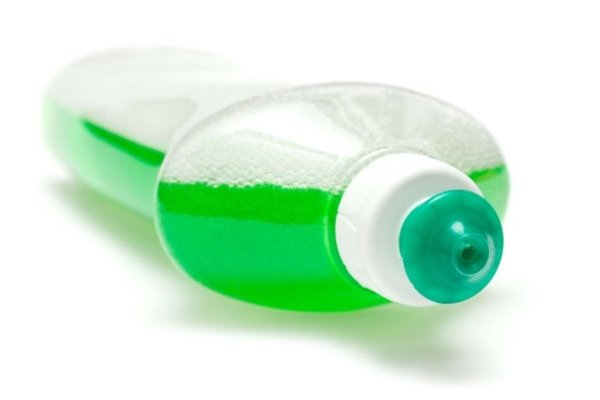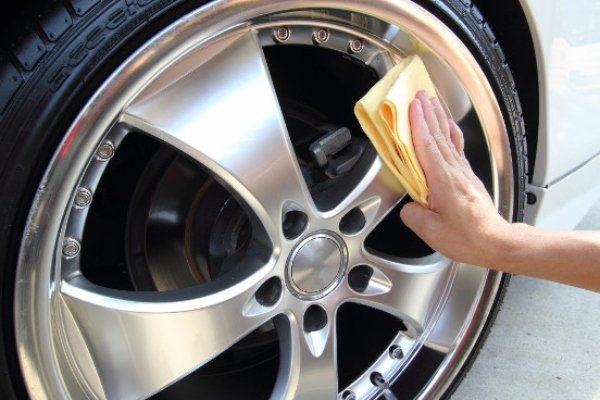Popular Tips
YOU MIGHT BE INTERESTED IN
How To Clean Car Wheels Properly?
by IndianAuto Team |
11/04/2019
Cleaning your car’s wheels is very important because it is about ensuring safety as much as it is about maintaining appearance. This is an instruction on how to clean your wheels.
















 Follow us on google news
Follow us on google news
